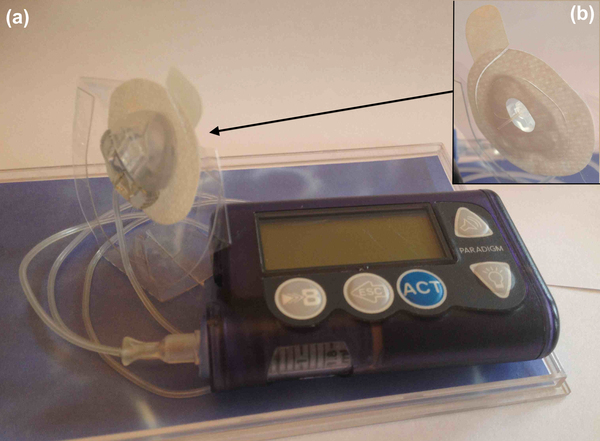Durability of the Continuous Subcutaneous Insulin Infusion (CSII) Patch Adhesive
(1) Dr. Michael M. Krop Senior High School, Miami, Florida, (2) Nova Southeastern University, Ft. Lauderdale, Florida
https://doi.org/10.59720/14-043
Diabetes, a serious global epidemic growing at a tremendous rate, affects about 26 million people in the United States. Diabetes occurs when the pancreas cannot produce sufficient insulin or use that insulin to regulate blood-sugar level. Thus, most diabetics need to inject insulin into their bodies. In recent years, many diabetics are using Continuous Subcutaneous Insulin Infusion (CSII), also know as the ‘insulin pump’, to minimize hyperglycemia and hypoglycemia. Patients have indicated that using the CSII is more comfortable than the traditional treatment, which requires multiple daily injections. However, one of the most significant challenges with the CSII is the low durability of the patch adhesive, which leads to dislodgement of the cannula (a small plastic insulin delivery tube) from the skin. The purpose of this study was to compare the durability of the current CSII adhesive to an octyl cyanoacrylate–based adhesive. Four experimental plates and a jig with a ratchet were constructed. Adhesive was placed on synthetic skin and gauze was placed over each adhesive. By operating the ratchet, the gauze was ripped off the synthetic skin, and a data-collection program attached to a computerized gauge recorded the force over time. For half of the experiment, artificial sweat was sprayed onto the gauze and adhesive before operating the ratchet. The steps were repeated for 80 experiments. Using an Analysis of Variance (ANOVA) statistical test, we showed that the octyl cyanoacrylate–based adhesive is significantly (F(3,79)=76.3, p<0.001) stronger than the current CSII adhesive, both with and without the presence of artificial sweat.
This article has been tagged with: